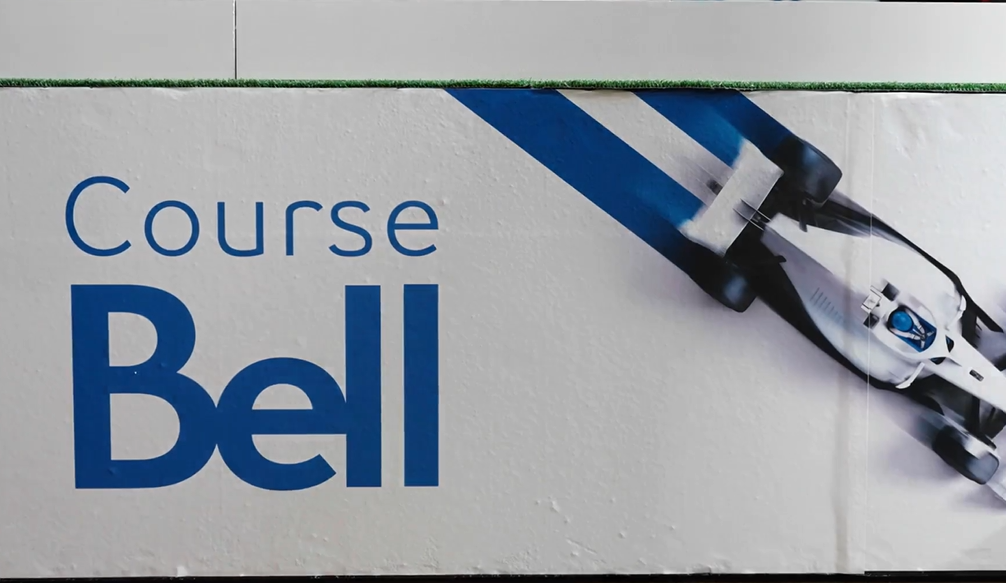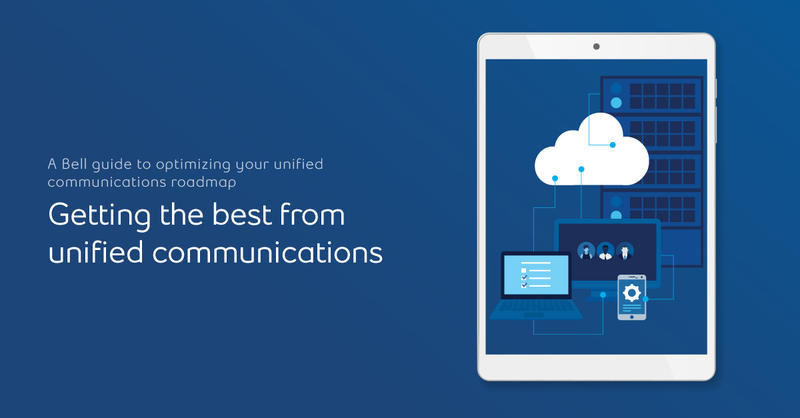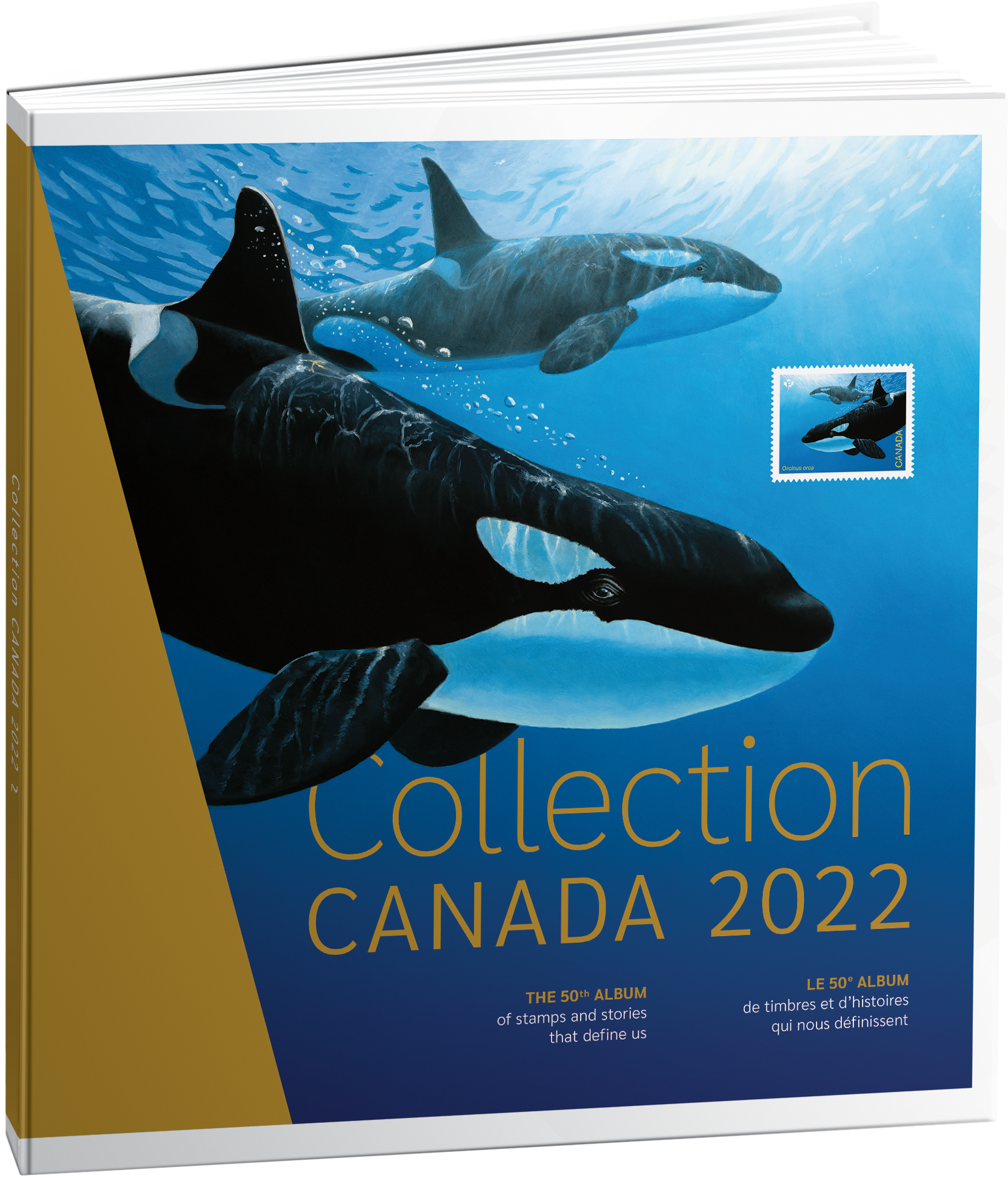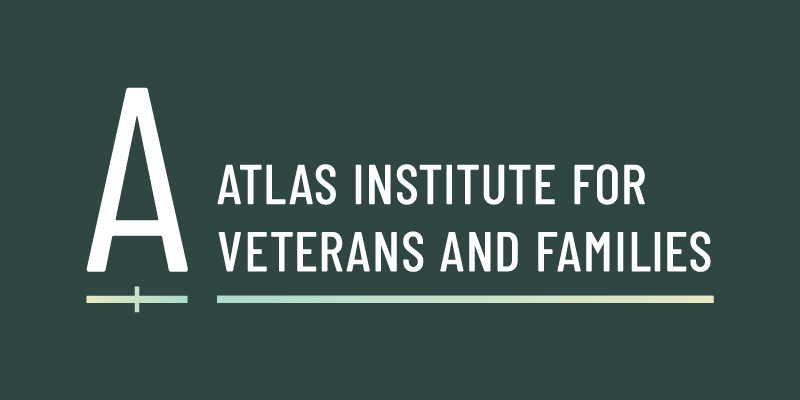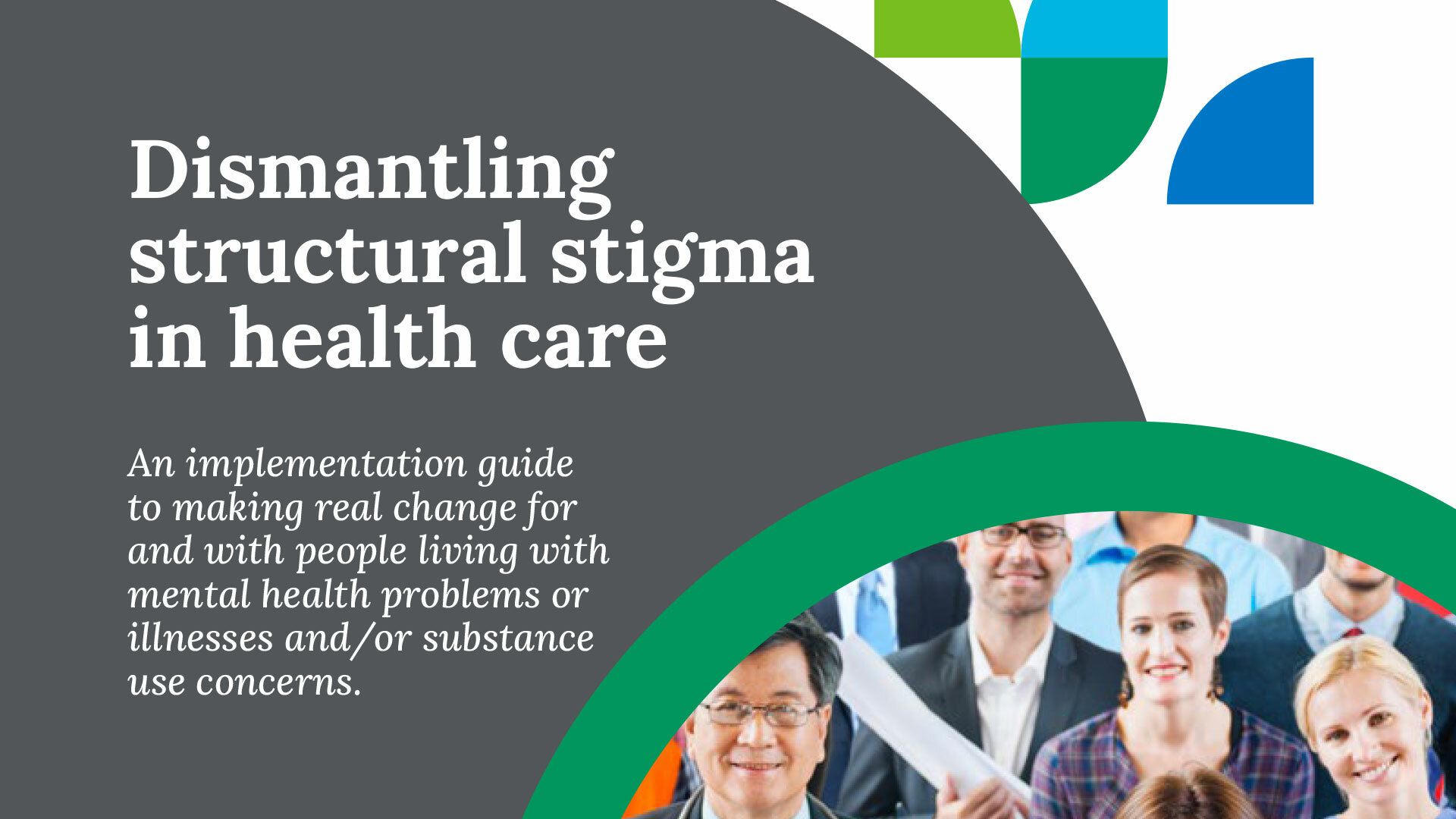From co-op programs and apprenticeships to internships and field placements, work-integrated learning (WIL) prepares students for the workplace while giving employers access to a steady pipeline of new talent. To promote its WIL wage-subsidy program, Electricity Human Resources Canada (EHRC) tapped the Ascribe team to develop a series of marketing communications collateral, including an in-depth white paper on the benefits of WIL for the electricity industry.
How Ascribe Helped
EHRC is a not-for-profit organization that conducts research and develops programs to support Canada’s electricity sector with its HR and recruitment challenges. With much of the workforce approaching retirement, a mix of formalized classroom and on-the-job learning is key to giving the next generation of electricity workers the skills they need. So in 2019, EHRC launched the Empowering Futures program, providing employers with subsidies of up to $7,000 for each student or first-year apprentice they bring on through WIL.
To help promote the new program, Ascribe’s writers first developed the copy for a series of one-page brochures to succinctly introduce how the wage subsidy works and the benefits it can bring — one each for electricity employers, academic institutions and post-secondary students.
After those were completed, we began work on a longer thought-leadership white paper on the importance of WIL to post-secondary learning and the future of the electricity industry. Informed by experts in the electricity and education sectors, the paper took a deeper dive into what WIL looks like, how it’s being implemented by employers, and the benefits and challenges experienced by schools and companies alike. It concluded with five practical recommendations for increasing WIL uptake.
To get the perspectives we needed, we interviewed HR managers from electricity sector employers across Canada such as OPG and TransAlta, asking about the professional skills required in their workplaces as well as their experiences with WIL. We interviewed co-op program directors from colleges and universities, leaders of associations such as Universities Canada and the Business + Higher Education Roundtable, and students who have participated in WIL with electricity companies. We also talked to the federal Minister of Employment, Workforce Development and Labour to get her thoughts on the changes happening in the world of work — and why WIL is so important for Canada.
Following these interviews (19 in total), we prepared a detailed content outline for EHRC’s approval. From there, we wrote the nearly 30-page white paper, which was uploaded to the EHRC website in 2020
and very well received by our client.
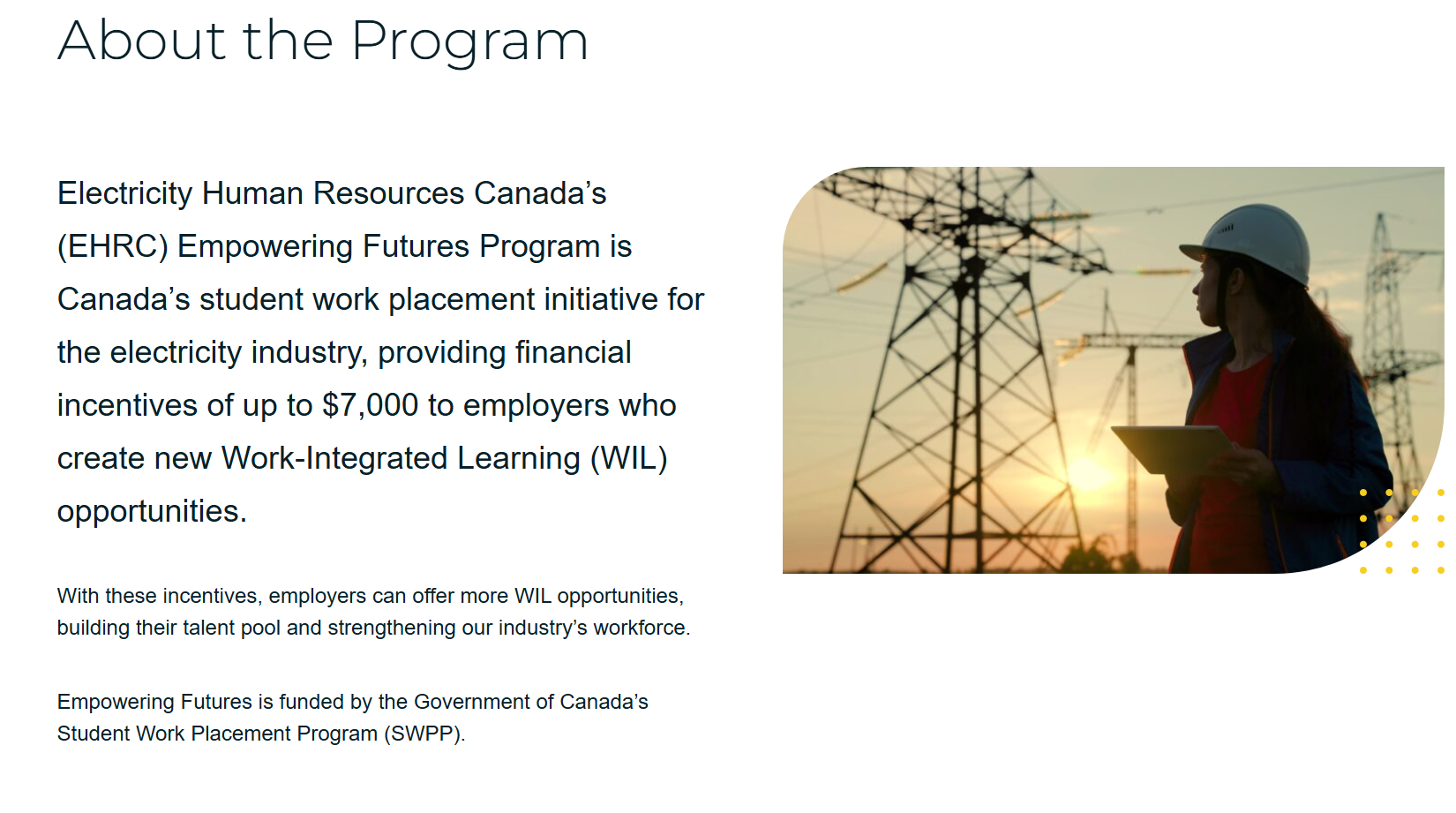
Deliverable: Thought leadership white paper
Our process:
- Background material review
- Questionnaire development
- Content-gathering interviews with employers, schools, students and thought leaders
- Detailed content outline
- Writing and revisions
 Back
Back
 Annual reports
Annual reports
 Blogs and articles
Blogs and articles
 Brand messaging and taglines
Brand messaging and taglines
 Content and editorial planning
Content and editorial planning
 Copyediting and proofreading
Copyediting and proofreading
 Event coverage and reporting
Event coverage and reporting
 Marketing campaigns
Marketing campaigns
 Presentations and speeches
Presentations and speeches
 Video scripts
Video scripts
 Web content
Web content
 White papers
White papers
 White papers
White papers
 2 min read
2 min read
